Update May 3: This post appears in the Scientia Pro Publica blog carnival hosted this week by marine biologist Kelsey Abbot at the Mauka to Makai blog. Check out some of the fascinating science writing available at the carnival, such as GrrlScientist’s post, “(How) Are Birds Affected by Volcanic Ash?”
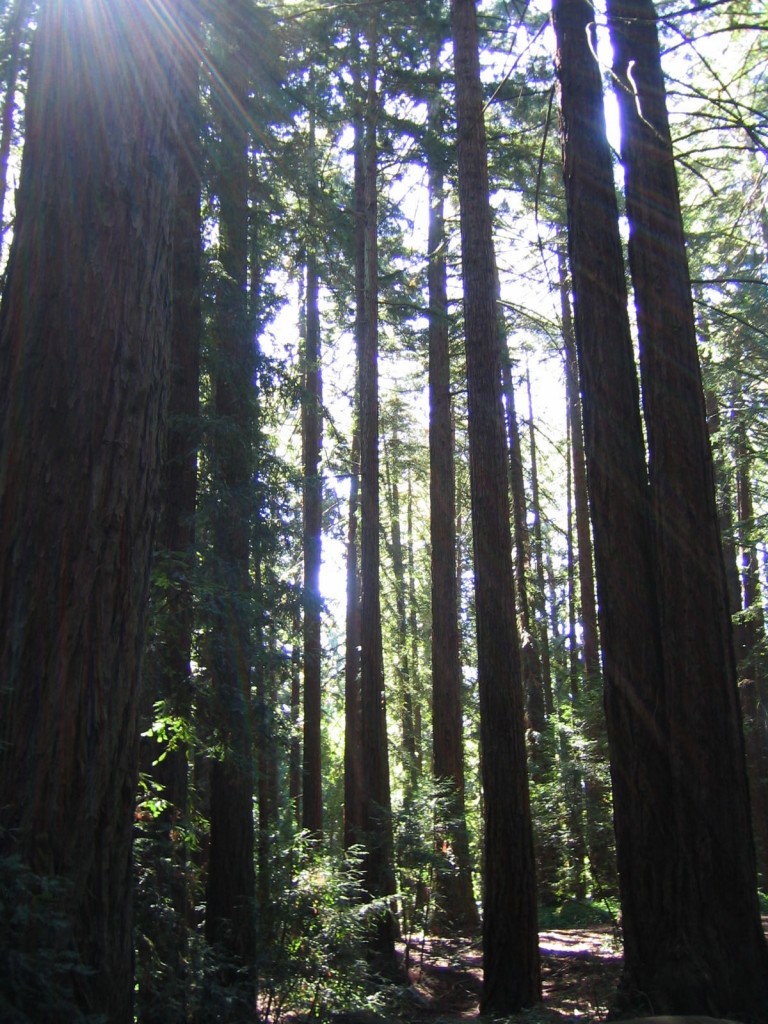
People sometimes ask me where I fall in the science-religion debates. I teach the one (religion), I study and often write about the other (science). But I think both science and religion often skip too quickly over what ought to be the main attraction: the natural world. The world of fox kits and forests, eating and being eaten, thunder and sunsets. The world immediately available to our senses. This is the world often bypassed in the rush to explore some dimension regarded as more important, more true, or more “real.”
I mean, think about science education. We start kids out in elementary school with lessons that teach them to observe through their own eyes, ears, nose, and fingers. Yet by the time they’re in high school we sit them behind microscopes, where they imbibe the unconscious message that the real story is not how eagles lock talons in flight or how worms turn garbage into fertilizer, but rather how their lab equipment reveals a truer world than the one they can see with their unaided eyes. In biology, for instance, we teach them to separate out the constituent parts of the ecosphere and analyze each piece—a (dead) frog, water, a rock—instead of teaching them to learn by being immersed in the (living) complexity of the whole. A system that focuses on the parts and more rarely on the whole, as does Western science, is a system that yields easily to quantifying its observations, and so numbers—abstractions, mental constructs—take precedence over the senses as the most trusted means of exploring the natural world.
Or take religion. Banished since Descartes to the realm of spirit or mind, religion often focuses its attention everywhere but the living, natural world—on a world after death or a world inside the mind or a social world to be created in the future. 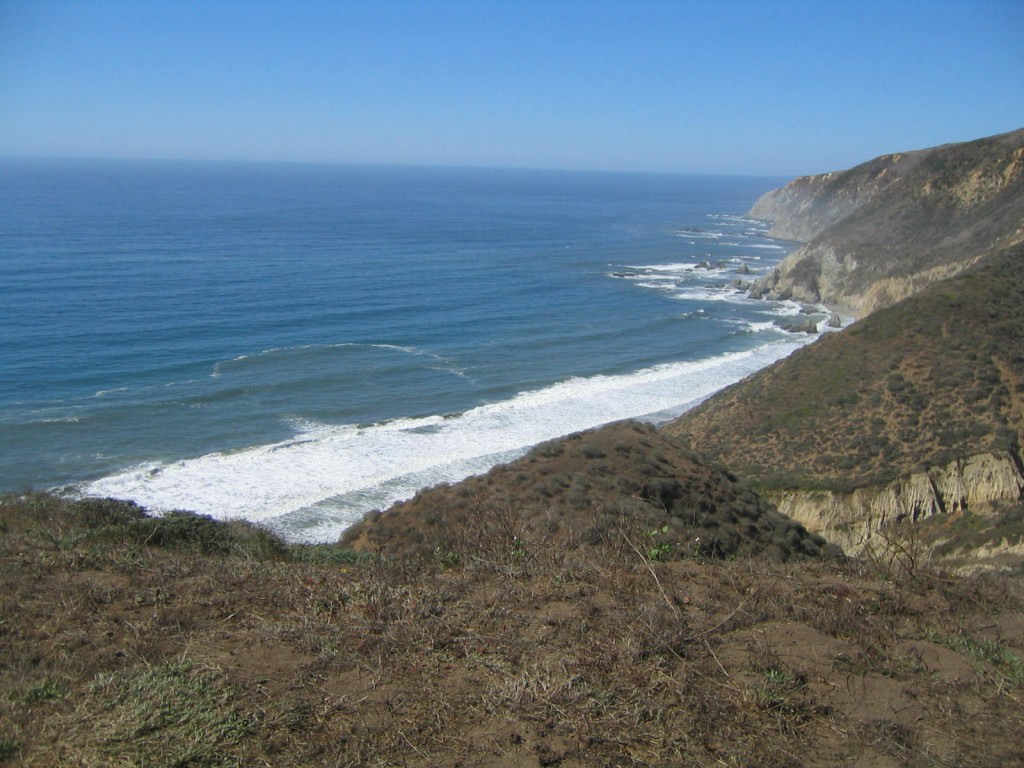 I know this intimately, having spent much of my life first in churches, both conservative and liberal, then in religious studies. Western religion in general, and Christianity in particular, has been slow to perceive what faith has to do with agriculture or forests or the rising acidity of oceans.
I know this intimately, having spent much of my life first in churches, both conservative and liberal, then in religious studies. Western religion in general, and Christianity in particular, has been slow to perceive what faith has to do with agriculture or forests or the rising acidity of oceans.
Neither science nor religion, as its primary method, takes people out directly into nature to explore, through their own senses, the relationships right under their noses.
For indeed, the natural world is a world of relationships—between whales and climate change, between cows and humans, between pasqueflowers and snow, between mycelial mat and soil, between jet exhausts and jet streams, and of course between humans and one another. A world that functions through webs of interconnected relationships, if we hope to understand even one corner of it, demands the sharp, clear-eyed vision and an intellectual acuity that we normally associate with science.
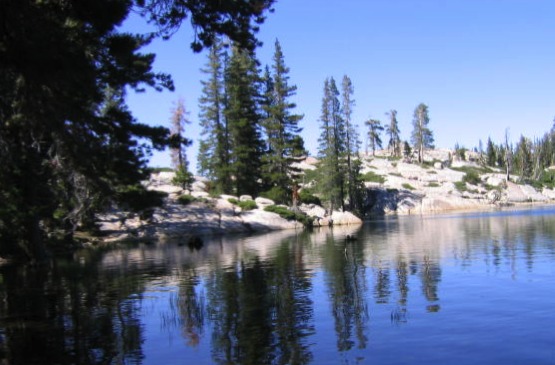 So I’m making a plea for natural history. It’s a field that has suffered a decline of respect in recent decades, perhaps because it involves observing more than experimenting. It lacks the prestige—in funding, in university status—of sciences that overtly try to predict nature’s patterns or control its processes. Naturalists tend to be public educators, observing plants or forests and communicating their learning to “laypeople” through educational hikes or birdwatching tours.
So I’m making a plea for natural history. It’s a field that has suffered a decline of respect in recent decades, perhaps because it involves observing more than experimenting. It lacks the prestige—in funding, in university status—of sciences that overtly try to predict nature’s patterns or control its processes. Naturalists tend to be public educators, observing plants or forests and communicating their learning to “laypeople” through educational hikes or birdwatching tours. 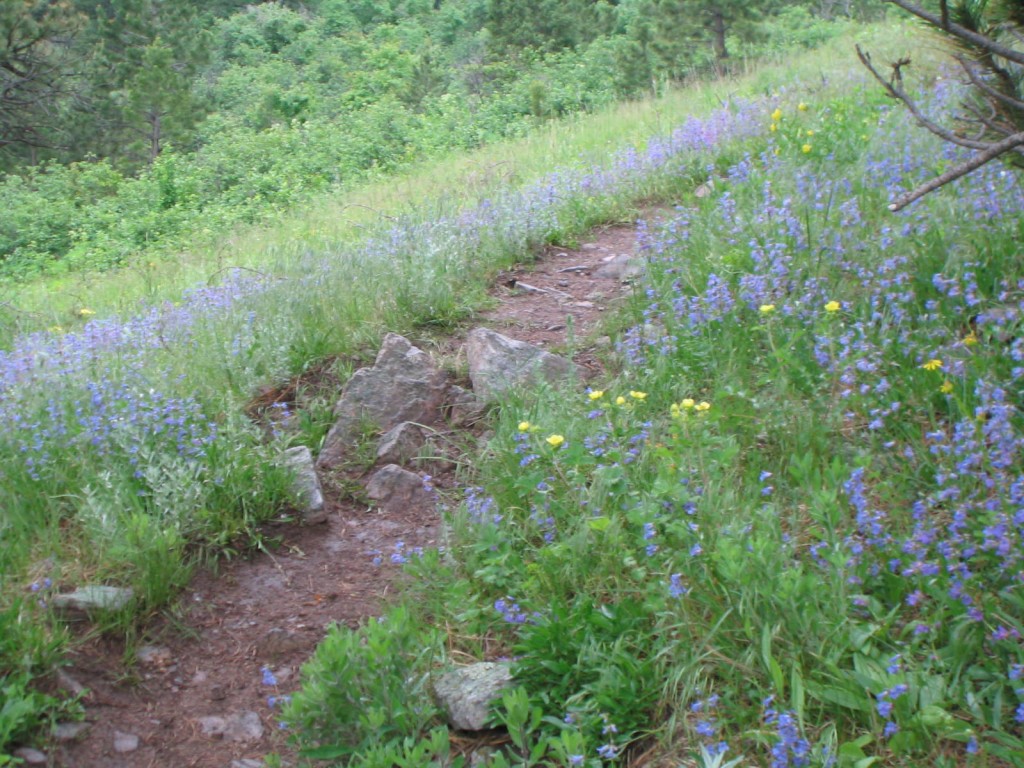 Famous naturalists, like John Muir or Aldo Leopold, were accomplished writers and thinkers as well as observers of the natural world. Perhaps it is this willingness to engage philosophy that sometimes, these days, leaves natural history at the edge of the sciences, not quite “hard” enough to satisfy those who might think science means only quantitative analysis. (Such folks would do well to remember Darwin.)
Famous naturalists, like John Muir or Aldo Leopold, were accomplished writers and thinkers as well as observers of the natural world. Perhaps it is this willingness to engage philosophy that sometimes, these days, leaves natural history at the edge of the sciences, not quite “hard” enough to satisfy those who might think science means only quantitative analysis. (Such folks would do well to remember Darwin.)
In a time of ecological crisis, we need numbers and quantitative models, yes, to convince those who hold the purse strings that climate change is real or that more species are disappearing now than in millions of years. But we also need people for whom observing the natural world is tinged with love. We need, in other words, more naturalists. It’s a job not limited to scientists. In fact, it’s a job where science and religion regularly meet. It works like this.
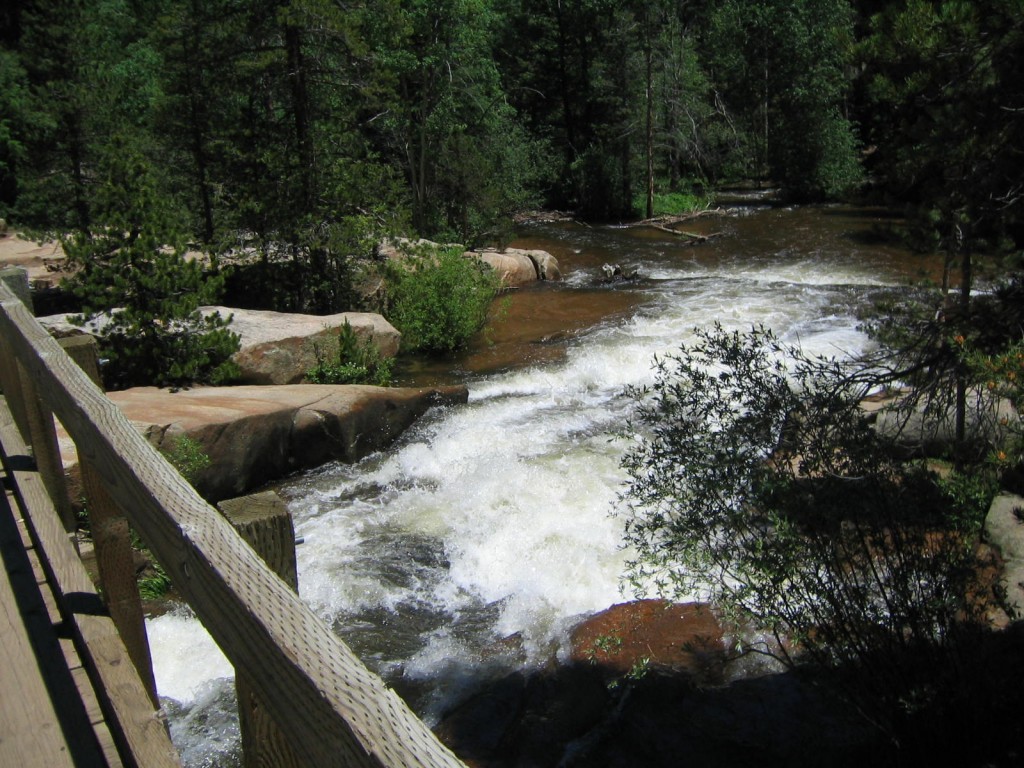 Squat beside a creek. Dig one finger into the rough silt along its edge. Pick up a glob of sand and sift it through your fingers. At your feet you may notice pebbles, your eyes moving now to larger stones, and then to the flicker of a trout tail next to that large boulder. The trout, you notice, likes to live in the shadows, which may lead you to realize that the willows hanging over the creekbed must be important to the fish, and so are the deep bends in the stream, and even if you haven’t yet heard a naturalist say that fish need shade and meanders in order to spawn, you’ve already absorbed several lessons in natural history just by squatting here.
Squat beside a creek. Dig one finger into the rough silt along its edge. Pick up a glob of sand and sift it through your fingers. At your feet you may notice pebbles, your eyes moving now to larger stones, and then to the flicker of a trout tail next to that large boulder. The trout, you notice, likes to live in the shadows, which may lead you to realize that the willows hanging over the creekbed must be important to the fish, and so are the deep bends in the stream, and even if you haven’t yet heard a naturalist say that fish need shade and meanders in order to spawn, you’ve already absorbed several lessons in natural history just by squatting here.
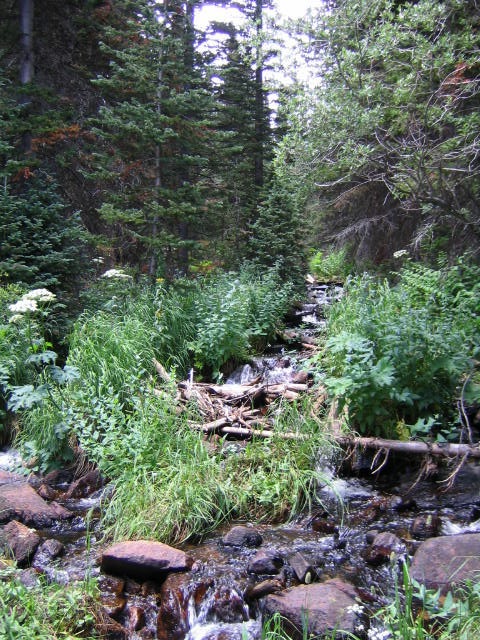 As your eyes wander up the flow of the stream, you might notice your mind begin to flow as well toward questions such as how the rocks came to be here, and how long it takes brush or ferns to grow across the currents. And in your reverie your thoughts turn to the centuries that have passed with this water flowing here, past this boulder, and the eons that you hope are yet to come. Before you know it, reflecting on the sand under your fingertips and the trout before your eyes has turned you toward questions of meaning and how you might live in a harmony with these surroundings—questions usually assigned to ethics or religion.
As your eyes wander up the flow of the stream, you might notice your mind begin to flow as well toward questions such as how the rocks came to be here, and how long it takes brush or ferns to grow across the currents. And in your reverie your thoughts turn to the centuries that have passed with this water flowing here, past this boulder, and the eons that you hope are yet to come. Before you know it, reflecting on the sand under your fingertips and the trout before your eyes has turned you toward questions of meaning and how you might live in a harmony with these surroundings—questions usually assigned to ethics or religion.
This is the power of the natural world—to lead one moment toward science and the next to spirituality. To nudge us in a seamless transition from observing with our senses to contemplating meaning. And this is why, when it comes to spiritual practices, my favorite is the simple act of watching and wondering—an experience that I as a scholar of religion share with birders and biologists, children and astrophysicists, hikers and climbers and geologists.
The world is here for us to wonder at, to learn from, and to love. Nature discriminates not at all between science and religion. Perhaps we would do well to follow its cue.
One of your best posts, I think. Thanks, Priscilla.
Thanks, Chris! I’ve been sitting on this one for months. Then a week ago I joined some environmental studies profs on a panel at Prescott College on the future of environmental studies, and the stimulating conversation there helped me put a few more pieces into place.
Priscilla-
You so elegantly write what is in my heart. The reconciliation of science and spirituality is so taboo in a world of Dawkins and politicized religion and I often find myself stumbling over my words in attempts to explain, well, the exact feeling you describe above. Thank you so much for this.
-Hannah
Hi, Hannah, thanks for dropping by. When any dialogue gets as polarized as the one between science and religion currently is, it’s a good sign that the whole story is not being told. We need more people telling the truth of their hearts, to provide alternatives to the rhetoric coming from both ends of the spectrum.
Priscilla,
Beautifully said! I have long held that one of the most direct routes to the divine is nature. Spending time in nature grounds us on Mother Earth and, at the same time, opens us up to the living manifestation of the divine. Nature is the axis mundi–the connection between heaven and earth. In the shamanic world (the world in which I navigate), this connection is not ignored.
Thank you for making a case for the importance of ordinary people becoming naturalists. Aldo Leopold is, no doubt, blowing you kisses from far away . . . and from the nearest tree.
Melanie
I find I must take exception to a couple of things in your article.
First, you seem to arrogate to religion all discussion of meaning in life. I simply don’t accept that. The large number of atheists living what they feel are meaningful lives surely casts doubt on the idea. It is also just the sort of thing which many atheists, I believe, find deeply offensive and contributes to the antagonism between reason and religion which you seem to dislike.
Second, I am not comfortable with your idea of science. Natural History is part of science, or at the very least a foundation for it. Observation – collecting good data – is an essential starting point for scientific exploration. The great natural historians of the past – the first name I think of is Charles Darwin – were marvellous observers, but those observations were only the starting point.
It’s certainly a good thing to expose kids to nature; to let them enjoy being out amidst plants and animals and the physical landscape. But scientific study is in no way at odds with that. I can be fascinated by the way in which a bee scouts for a new home no less than by the intricacy of its anatomy. The beauty of a butterfly’s wing is great whether seen with the naked eye or with a microscope.
Some things can ONLY be appreciated with microscopes and other tools. Personally, I find the eukaryotic cell to be awesome and beautiful, both to behold and to consider. The rings of Saturn are magnificent, but an understanding – albeit limited – of the processes at work doesn’t make it less so. And who has not been impressed by images from Hubble?
If children are not being shown these multiple layers of wonder, then that’s the fault of poor teaching, not some imagined difference between Natural History and science.
Melanie, I like the thought of Aldo blowing kisses!
SimonG, your comments remind me of a link that one of my science colleagues sent me: a video clip of Richard Feynman talking about the beauty to be found in the “smaller dimensions, the inner structures.” It’s a wonderful minute and a half, highly recommended:
.
Yes, indeed, the beauty under microscopes or in telescopes is impressive–no surprise, since the beauty at our fingertips is equally so. I just chafe a little when (not all the time, but sometimes) the impression is left that the world seen at the largest or smallest dimensions or with the aid of mechanical devices is more real or more true than the everyday world available to our ordinary senses. And I do note that the scientific revolution, which set out to master nature, accelerated the Western world’s neglect of the world at our fingertips–as our present ecological crises now show in retrospect. Can we have a scientific method that doesn’t try to master nature? I hope so! I suspect it is found exactly in “the multiple layers of wonder,” in your lovely phrase. Practicing wonder is an excellent antidote to human arrogance.
I too want natural history to continue to be seen as science in its own right. I hope it does not come to be seen as merely a precursor to science. I also note in recent years that the definition of science (thank goodness) is widening, at least in some circles, to mean “systematic, disciplined observation” of many types, including types that do not conform to Western science’s more technological or quantified methods. I think of indigenous methods of categorization and observation–often far from Western models, but still sciences in the sense of being rooted in careful, disciplined observation.
You add a good reminder that questions of meaning are not limited to people of faith. But too often in popular discourse such questions are in fact relegated to the spiritual/religious side of the debates. I hope they will be taken up by more atheists as well. After all, wonder is a human birthright.
Dr. Stuckey, having come here by way of Scientia Pro Publica, I read your post with interest. However, I could not agree with much of the content that you put up, especially your characterization of science and the scientific method. I thought of writing a response here, but found that my message would be too large for this small space. Therefore, I made a blogpost out of it. If you wish, you may read it here.
Priscilla–This is a beautiful piece. Thanks for writing it and posting it. Linda
Priscilla, I love your passion in this piece and your plea to put more nature into science (for me, nature is spirituality). We do have much to learn from simple observation.
For example, death in nature is natural and cyclical, sometimes accepted, sometimes fought against, but always inevitable. I think some doctors could learn from this. I recall my mother’s death–a week-long ordeal in the hospital of scientific probing and monitoring that only left her in more pain, which prolonged her ordeal when they knew her time was limited. Simple, loving observation and spiritual presence, along with pain medication, would have been so much more peaceful to her than repeated testing to see if she needed another shunt in her lung and more blood in her veins. People trained to look under the microscope, the doctors stood away from her, standing above her and talking down to her because they are not paid/do not think to sit and talk, hold a hand, provide the comfort of being seen rather than analyzed.
Sitting by a river, a person learns the power of simply being with another, whether a rock, a tree, a creek, or a human. If one has communed with nature, one knows the importance of being positioned to see the sky outside (Mom’s back was to the window).
In college, I dropped my biology major after my first botany class. Little did I know that it would be the repetitive study of the reproductive cycle of different plants, with no connection to the natural world. I was bored to tears and fell asleep in every lecture. I wanted to understand the connections, so I went back to being an English major.
Keep writing, Priscilla. We need you.
Thank you for this thoughtful post. You speak to the diverse ways of looking at nature–scientific, religious, and also direct experience unmediated by either. I agree with you that it’s our relationship with the natural world that matters, so that a mechanistic view doesn’t obscure wonder and love.
Kausik Datta, I’m happy to know the post inspired you to write one in response, and I will respond with a comment to your post.
Linda, glad you enjoyed it!
Debbie, you capture exactly the theme I feel we need more awareness of: relationships–of things to each other and us to them, and of how knowledge (and wisdom) grow simply by “being with another.” You sat with your mom; I would like to encourage people to sit with trees and rivers and rocks. This week I am sitting with the magpie who pounced on and ate the warbler whose head was scrambled after slamming into a glass window at my house. The relationships are important–of the magpie to the warbler, and especially of plate-glass to songbirds. Seeing the relationships helps us act better, helps us overcome the fact-value split in our Cartesian worldview.
Gail, you’re exactly right–wonder and love can grow out of all ways of seeing. Thanks for the reminder.
Priscilla, this ex-English major, nature-lover, spiritual student, and professional science writer thinks that perhaps you paint science with too broad a brush. Not all scientists are reductionist thinkers. And, many scientists study the ‘minute particulars’ toward the end of understanding how those micro-processes interact and inter-relate to create a wondrously complex whole. The ecologist who doesn’t understand basic chemistry, physics, and biology would not be able to restore a damaged landscape. And think of scientists like Marc Bekoff, Jane Goodall, and Cynthia Moss who had to systematically observe, measure, record, and analyze micro-behaviors for hundreds (thousands?) of hours in order to comprehend and render the marvelously contextual picture of animal behavior and society. Don’t many cell biologists, neuroscientists, and physicists do the same, but on a different scale?
Also, I think many scientists enter science because they are nature-lovers (like my daughter who just declared geology as a major and studies wilderness medicine on the side). Not all scientists aren’t driven by the urge to control nature, or to kill it so they can pick it apart. Many are driven by the urge to understand and/or heal.
I guess my main point is that I don’t see seeking after meaning, intensity of direct experience, and the quest for knowledge, even scientific knowledge, to be mutually exclusive. I think they can be mutually enriching – a compost heap of insight, emotion, experience, compassion, and knowledge that nourishes, rather than kills, our fully interactive relationship with the world around us.
But I do agree with your beautifully phrased argument that it is important to anchor our investigations in our love of and respect for the natural world. And to not let an intellectual focus on the micro-process obscure or block the essential experience of meaningfulness in our relationship with our living world. Thank you again for that reminder!
How lyrically said–and what wonderful food for thought. In our high-tech-crazed society, it’s easy for us to “technologize” nature and forget about just being in it: no mobile phones, no GPS, no cameras. In fact, what a wonderful challenge: Go into a natural space and talk not on a phone but to yourself or to a tree; navigate a trail with your own senses, using sights, sounds and smells as signposts; take pictures not with a camera lens but in your memory (you won’t run out of storage space)!
Priscilla, I think this is one of the most important posts you’ve written and beautifully said. The art of observation is something we’re losing in this world, especially to a generation that thinks the computer reveals all and there’s nothing to learn by being outside. Yet the real and natural world offers so much richness that can’t be found in books or on the Internet. It’s an engagement of the senses as well as the mind, a true three-dimensional experience. And to me the spiritual side is realizing the interconnectedness of everything, as you said so well in your writing about the fish and trees.
Sandy, I think the issue isn’t so much one of scientists as of the scientific method–the habits of mind that inform our investigations of the natural world. I completely agree that scientists are able to reflect on meaning and that many, perhaps most, engage in their work from a starting point of wonder at and love of the natural world.
But in a framework of Cartesian dualism, which is the framework informing the Western scientific method, meaning is divorced from fact or knowing. Meaning is not inherently part of the learning process. And reflecting on the relationship of the parts to the whole has too often been an afterthought.
I have noticed that the more accomplished scientists tend to engage in more reflection on both interrelationships and meaning, but in the cases of the wonderful people and scientists you name, their reflections have been informed also by a conscious decision to practice compassion. I would venture to say that none of them was taught it as part of their scientific training because the practice of compassion, in a Cartesian framework, is considered outside the domain of knowledge. I also think of the geneticist and Nobel Prize winner Barbara McClintock, whose everyday laboratory method involved relating to her corn stalks as friends. There is, in other words, some good evidence that the practice of compassion produces good knowledge–but this is not the starting point of our current scientific method.
The practices of awe, wonder, and love certainly are available to all scientists, and I can hope for a time when they will become accepted parts of the scientific method. I’m fond of natural history precisely because it incorporates more of these practices as part of the discipline than do some of the other scientific disciplines. I suspect that awe, wonder, love, and relating the parts to the whole are directions that our investigations of nature (read: our science) will have to move in order to address the environmental crises we have created.
Laurel, what great ideas! I meet a lot of people on the trail who are doing just what you suggest–communing with themselves and their surroundings without the mediation of electronic devices. Of course, I meet the ones who are talking on phones, too–and letting their dogs run off-leash at the same time. Getting lost in a phone conversation when your dog is running loose is, as in driving, a recipe for trouble!
Kathy, your words remind me of the nature writer Scott Russell Sanders, who in an interview talked about the danger of enclosing ourselves completely in a human-made world. He said, “More and more people live their lives entirely within human enclosures—and I don’t just mean buildings and cars and shopping malls; I mean human ideas, I mean human electronic networks, the web and cell phones and so forth. I mean, we are so clever, we’re a very clever animal, but we’re not a very wise animal. We can retreat into our shelters, our enclosures, and pretend that we are not living on a planet. To retreat inside what we have made, and to accept that as all, is such an impoverished life.” You can find the whole interview here.
Priscilla, you are absolutely correct about that! In that sense, I completely agree with you: The scientific method is, by design, supposed to isolate specific factors and strip out, avoid, or control for “intervening variables” that might contaminate the findings. Similarly, empiricism by definition and by design seeks to ignore all hints of meaning, subjectivity, or challenges to its assumption of radical materialism.
On the other hand, I do think that it is possible to use the scientific method as a tool for acquiring knowledge that can be incorporated into meaning-full understanding. You can use it to tease out how individual variables interact to produce an emergent and meaningful whole. A (meaning-stripped) means to a (meaningful) end? But when the meaning-stripped-materialistic-empiricism that is useful as a method becomes the defining characteristic of the knowledge that is to be learned? Then I think we do have all the problems that you identify in your original post. I hope that makes sense.
I’ll try saying it more simply: the scientific method is an excellent tool, but let’s not confuse means with end, method with reality. Do you agree?
Thanks for the clarification! I understand better get what you are saying now (and I must say that I am relieved to find that we are on the same side after all! 🙂 )
Sandy, I’d be surprised if we end up on opposite sides of anything important! But this is a complex world, and of course there is plenty of room for good folk to disagree. At the very least, disagreement can make for good dialogue, and at most, it can move one or both people toward a new way of perceiving.
I completely agree with you that the scientific method is a wonderful tool and has made possible some wonderful comprehension of the world. And I share your conviction that the tool should not be confused with reality. A finger pointing at the moon . . . a map, not the territory . . . or, in Kuhn’s words, a paradigm, not reality itself.
Priscilla, yes! Exactly.